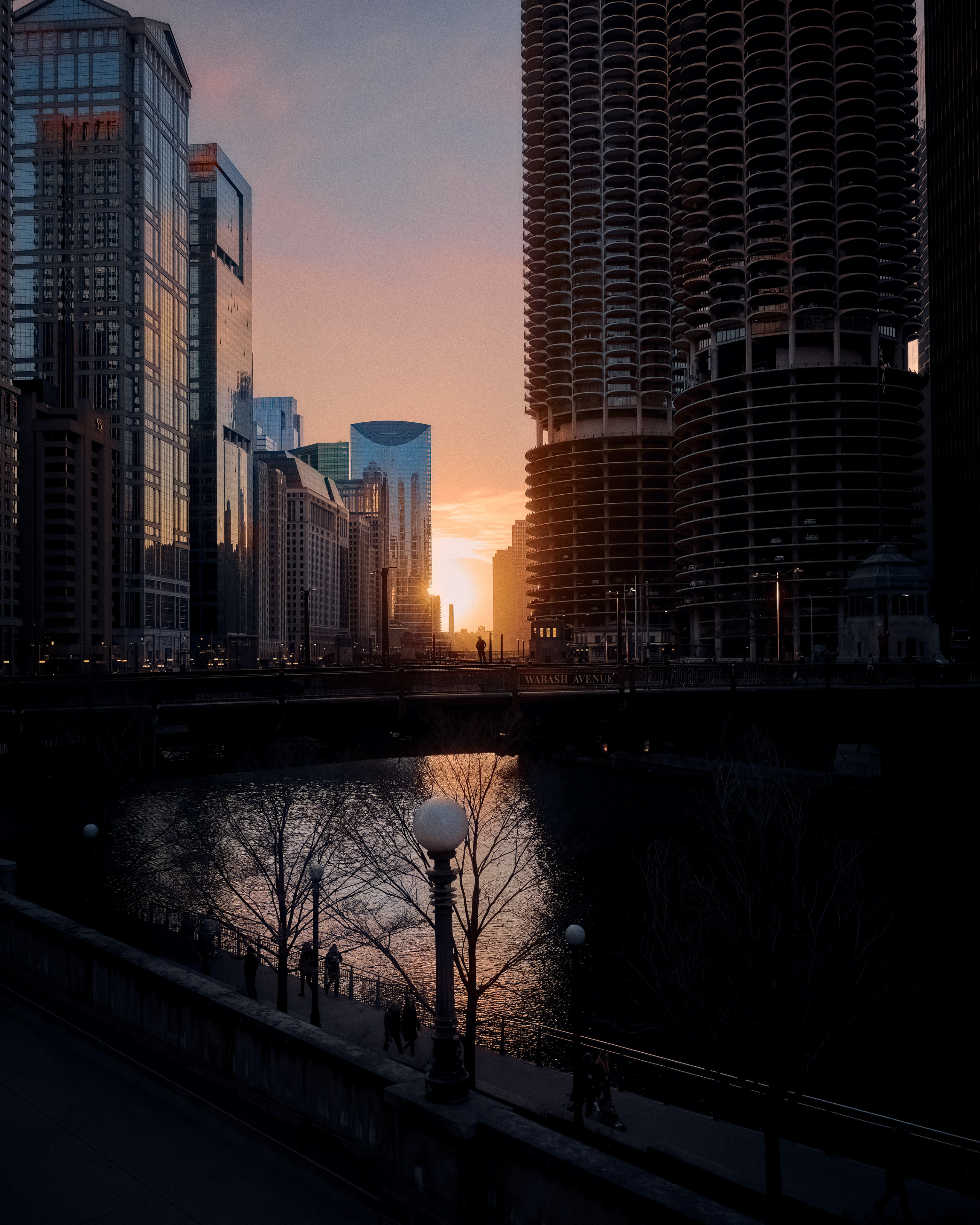✦ Refrakt: 05 — Look Back
This is a public preview of my newsletter, Refrakt: a bi-weekly newsletter on curiosity, creativity, and (hopefully!) insight, through the lens of photography, writing, study, art and beauty, and my life. Normally, these posts are free to subscribers-only, but if you've been waiting to join, here's your sign to do so!
This past weekend, I went to see the anime adaptation of the beautiful one-shot manga, Look Back. The original is a love-letter to art making, a story of girls who become unlikely friends as they strive to become manga artists. I was curious to see how the story would handle adaptation: Would a manga about manga-production work well animated? Would they be able to convey the same emotions I felt when I first read it? Happy to report that not only does the film live up to the bar set by the manga, it supremely utilizes its medium, making a work of art everyone should see. A friend described it as a work "that feels like a treasure by simply existing," which is not only just a beautiful thing to say, but feels so accurate to me.
The story surrounds fourth-grader Fujino, a girl who draws 4-panel comics for her school newspaper. One day, her teacher asks if she'd share the slot with another girl, Kyomoto, who doesn't come to school. Fujino agrees, cockily thinking there's no way Kyomoto will be able to make something worthwhile having never done it. But when the newspapers are passed out the following week, Fujino is blown away by the piece Kyomoto submitted.
It's a tender comic. 4-panel manga is a particular format, one that tends to lend itself to jokes or quick gags, a reversal in the fourth panel that calls the other three into question. That's how Fujino approached the work. But the piece Kyomoto submits is different: small, delicate slices of the after-school building, exquisitely rendered. There's no joke, no narration at all. Just small moments most people would overlook. There's a sensitivity to Kyomoto's work that I found deeply moving, but it's the skill of the drawings that Fujino notices most. The obvious gap in their abilities (highlighted by comments from her classmates) prompts Fujino to go full-force into drawing practice, dramatically improving, though at the cost of added distance to her friends and family.
The original manga's author, Fujimoto remains good as ever at creating characters. Fujino and Kyomoto are so different on the face of it, but they both share this deep awkwardness, this inability to know how to live, this striving for something more that feels extremely lifelike to me. It's a story that's moving on it's own merits, but especially resonant to anyone who's tried to make art, I think. If you've felt the gap between your abilities and where you'd like to be, if you've worked hard to improve at something, you'll see yourself reflected in the faces of Fujino and Kyomoto. I'm not sure I've seen another work of art that so succinctly asks and answers big questions like: Why bother with making art in the first place? What happens when you give up? What happens when you keep going?
It's a short film, under an hour long, and as such is bundled with a mini-documentary chronicling the "making of"; fitting for the subject matter. I loved the movie as I saw it, and felt that immediately deepened as the BTS started to play. It's clear from the very beginning how much love Oshiyama-san, the director, put into the work. He talks about wondering if he could bring anything positive to the work, worrying about his ability to do it justice, lift the story up in some way. He keyframed (did the major animation) himself, to give the film more of an independent, solo-work feel. He talked about how the character models shifted a bit as he drew them over time, a process that normally would be cleaned up, but here he left in, letting the audience feel some of the handmade-ness of it all. In fact, he left in a lot of these touches: in-between frames, outlines, crosshatching to show depth or shadows.
The voice actors are incredible: both nailed their performances, especially Yuumi Kawai, who plays Fujino. Unbelievably, this was her first role, and she killed it. Fujino is cocky, boastful—but also awkward in that Fujimoto way, struggles with her emotions. Kawai-san mentions a day when they were struggling with a line, and someone from the staff asked the director Oshiyama-san to give a line reading. She said he came in and gave it more than 100%, screaming at the top of his lungs, and that instilled in her a ton of confidence in his lead. Hearing directly how much it meant to him told her she could trust him.
As far as I know, the Look Back screening was a limited engagement (as anime films often are), so it might be too late to see it in theaters if you didn't yet. But I highly recommend searching for it once it's released more-widely; or maybe they'll add more screenings.
In the end, Fujino ponders art-making, noting that drawing manga is tedious, boring; simply reading manga is much more fun. Why bother making it? Kyomoto wonders. I'm reminded of a quote I have pinned to my wall, like the comics Fujino keeps pinned to hers:
He goes because he must, as Galahad went towards the grail: knowing that for those who can live it, this alone is life. — Evelyn Underhill

